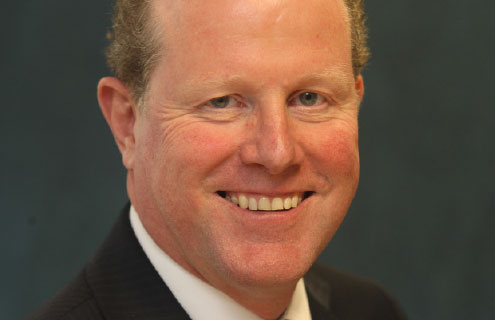Bravura Solutions
Tony Klim of Bravura Solutions talks platform and transfer agency trends and reflects on the success of the company’s Sonata next-generation administration platform and what makes it different
What should an ideal retail investment platform do?
At the moment, one of the fundamental requirements is being able to support a range of different distribution channels. This includes both the advised and direct to consumer (D2C) platform models, and even the workplace. Having that flexibility of distribution is key.
A broad range of product coverage is also important, and particularly in the UK, a range of tax wrappers. The obvious ones are ISAs, SIPPs and investment bonds.
Given how the value chain is being squeezed, it has to run economically. Operational efficiency is becoming more important as platform providers look to deliver more acceptable profit margins.
What makes Bravura’s Sonata solution different?
Fundamentally, it’s the next generation of platform technology. We’ve invested a huge amount in research and development to build Sonata. It’s underpinned by Java n-tier architecture and an Oracle database to deliver a high level of performance. We’ve focused on flexibility, with service orientated architecture (SOA) and web services facilitating optimal integration with third parties. Other platform solutions, while they may offer functionality, haven’t yet made that technological leap.
This investment in technology provides our clients with a highly scalable solution, which is particularly important for D2C propositions where there is a high number of end users. It’s essential that the technology can scale and Sonata achieves linear scalability, handling an increasing workload without any impact on performance.
It’s very much a technology base which results in efficiency. Our clients need to be able to operate the platform effectively, with as much automation as possible. A custom built internal workflow delivers straight through processing (STP) throughout the entire administration life cycle.
How much personalisation does Sonata offer?
This isn’t a vanilla wrap or platform product. With Sonata, clients can configure and tailor a uniquely branded proposition. The product itself is like a sophisticated toolkit. Its client-centric structure supports multiple roles and many-to-many relationships. It can be configured quickly without a lot of software changes and its coverage extends from the administration of investments to retirement and life insurance products.
That’s what clients are really buying—flexibility in terms of configuration, product choice, branding, operational structure and support for multiple propositions with platform clients. They are able to look at both the advisor and D2C space on a single platform solution.
The other point I’d make about Sonata is that it’s a global product line. We’re a global company that operates in sixteen countries and all of our Sonata clients are benefitting from what we’re doing in Australia, Europe and Asia because it’s all on the same product. We’ll also have a multi-currency capability on Sonata very soon.
What is happening in the UK with fund distribution?
The main driver of change in the UK has been the Retail Distribution Review (RDR). It has shaken up the market by making advisor charging explicit, moving away from commission payments and banning rebates being paid to platforms from fund managers.
For platforms, it comes down to flexibility from an advisor perspective, in handling the new charging models, not just the traditional commission model. Post-RDR it has also resulted in more interest in D2C propositions, as more consumers are faced with having to pay explicitly for advice as opposed to it being ‘hidden’ through commission. More consumers are choosing to do it themselves and go via execution-only platforms.
We’re seeing growth in the D2C and advised platform markets. The technology solution must have the flexibility to run both platform models on the same architecture, and be able to support new advisor charging models.
I think these are global trends, too—it’s not unique to the UK. We have seen something similar in Australia. They are moving away from commissions to much greater transparency of the value chain. Having the flexibility to offer products via both advised and execution-only environments is important.
Moving on to transfer agency, what trends are you seeing?
Transfer agency is quite a mature market. Third party administrators and in-house transfer agency functions tend to have multiple systems they have inherited through acquisition. Some of our larger clients are consolidating from five or six transfer agency systems down to one because of the operational efficiency gains that can be realised.
We are also seeing some convergence of long and alternative funds, driven by greater regulation such as the Alternative Investment Fund Managers directive. Fund administration organisations are reducing operating costs and removing duplication. Greater transparency throughout the entire fund industry is driving this.
We’re also involved in providing surround technology solutions to transfer agents as they look to link core systems: automated messaging, data warehousing, reporting and distributor front-ends. It’s a mature market but there’s still a lot of activity.
One trend is the demand for global transfer agency. Our solutions are global, so for Citi, BNY Mellon and other clients, our products operate worldwide, on a multi-currency, time zone and language basis—that’s very much a trend we expect to continue.



